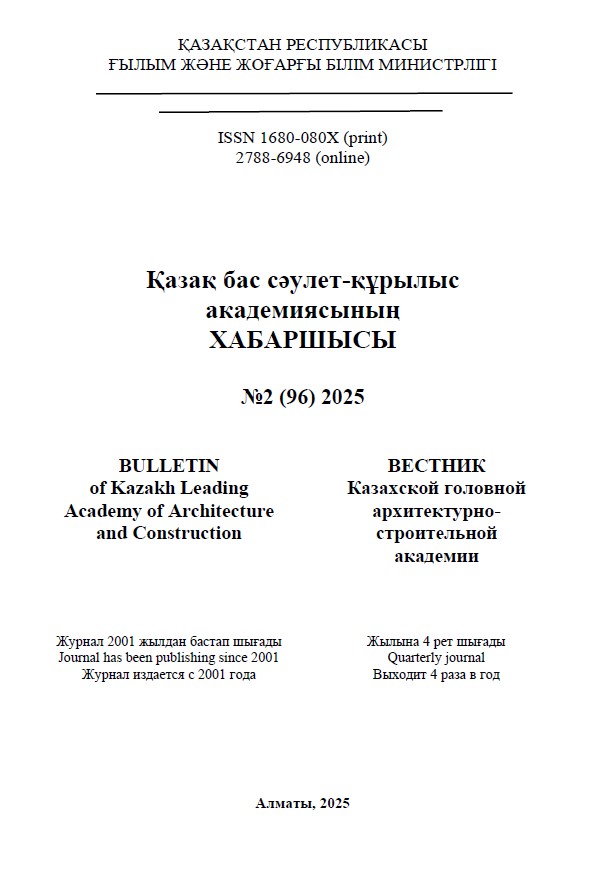Abstract
Modern trends of the time require significant changes in the spatial planning, functional and artistic-image design of architectural objects, including religious buildings as mosques. With the changing pace of life characteristic of the era of globalization and the growing level of religious involvement in society, there is a need for new architectural trends. These changes concern both the functional and technological aspects as well as the visual characteristics of buildings, including mosques, which must meet the requirements of modernity. This fact implies the creation of architecture that can meet the needs of the religious community, ensure inclusiveness, sustainability and conformity with modern technological and cultural expectations of society. In modern conditions, mosques, as places of worship designed for religious practices, must now become architectural objects that reflect the dynamics of social, cultural and technological transformations. Our research focuses on the study of examples of architectural solutions of modern mosques in the world and Kazakhstan, which successfully combine innovation and tradition. We analyze architectural and artistic techniques, stylistic trends and ways of adapting the form of Islamic architecture buildings and their canonical components in accordance with the needs of modern society. This study will identify key trends in the integration of traditional architectural elements characteristic of different regions with innovative solutions. This will help to substantiate the challenges of achieving a balance between traditional architectural forms and modern technologies in the context of global changes in architecture and technological progress.


